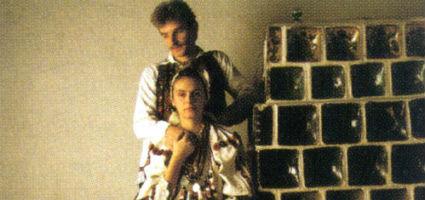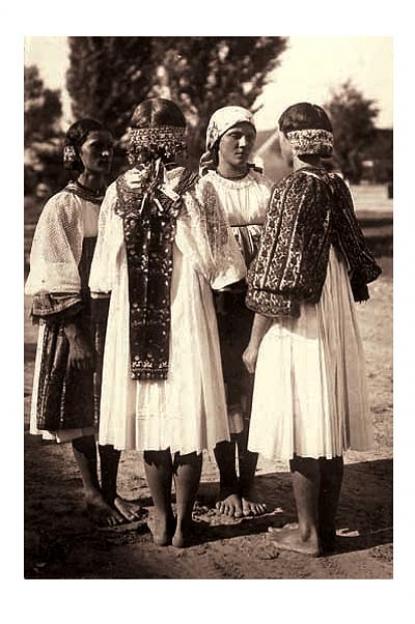2024. May 3. Friday
Ethnographic Department of the Janus Pannonius Museum - Pécs
 |
Address: 7621, Pécs Rákóczi utca 15.
Phone number: (72) 315-629
E-mail: jpm@jpm.hu
Opening hours: Tue-Sat 10-16
|
The exhibition has closed for visitors.
2009.07.09. - 2009.11.15.
Museum tickets, service costs:
|
Ticket for adults
|
350 HUF
|
|
|
Ticket for students
|
180 HUF
|
|
|
Group ticket for students
(over 15 people)
|
130 HUF
|
/ capita
|
|
Ticket for pensioners
|
180 HUF
|
|
|
Guide
|
3000 HUF
|
|
|
Guide
|
5000 HUF
|
The Croatian ethnic minority lives along the River Dráva in the south of Somogy and Baranya County, along the river designating the border between Croatia and Hungary. Several researchers believe that part of the Croatian population from the Árpád Age just like Hungarians from Somogy survived Turkish subjection there, by the river protected by marshes and forests. It has been established, however, that by the end of the 17th century and in the 18th century, the number of Croatians grew through the arrival of Croatians from Slavonia and Bosnia. The various dialects spoken by the Croatians seem to prove this assumption.

The Croatian living by the Dráva were mainly farmers, grew crop but were also involved in animal husbandry. Fishing and sailing meant also important occupations for them.
Just like in the Ormánság, villages along the Dráva lived in the grip of greater estates. The only way to increase the amount of soil was to regulate waters. Because of the above mentioned, lots of Croatians decided to leave the region and move to the USA. Many of the emigrants never returned but those who did managed to buy land with the money they put together in the States.
The Croatians living in Hungary almost always belonged to the Roman Catholic Church. The Croatians by the Dráva are exception. They reverted to Calvinism in the 16th century, though in a small number. Today, however, they are all Roman Catholic.
Many Croatians fighting in WWI and WWII in the Austro-Hungarian and Hungarian died in battle.
Terminating education in the Croatian language, disintegration of traditional peasant communities, forcing them into farmer's coops, designating new districts, the lack of mess in the Croatian language, modernisation and that the Croatians could only attain popular culture in the language spoken by most of the population Intellectuals, often considered too literature and folklore centred, could not halt this change of consciousness.

The Croatian living by the Dráva were mainly farmers, grew crop but were also involved in animal husbandry. Fishing and sailing meant also important occupations for them.
Just like in the Ormánság, villages along the Dráva lived in the grip of greater estates. The only way to increase the amount of soil was to regulate waters. Because of the above mentioned, lots of Croatians decided to leave the region and move to the USA. Many of the emigrants never returned but those who did managed to buy land with the money they put together in the States.
The Croatians living in Hungary almost always belonged to the Roman Catholic Church. The Croatians by the Dráva are exception. They reverted to Calvinism in the 16th century, though in a small number. Today, however, they are all Roman Catholic.
Many Croatians fighting in WWI and WWII in the Austro-Hungarian and Hungarian died in battle.
Terminating education in the Croatian language, disintegration of traditional peasant communities, forcing them into farmer's coops, designating new districts, the lack of mess in the Croatian language, modernisation and that the Croatians could only attain popular culture in the language spoken by most of the population Intellectuals, often considered too literature and folklore centred, could not halt this change of consciousness.
|
Related activities
|
|
